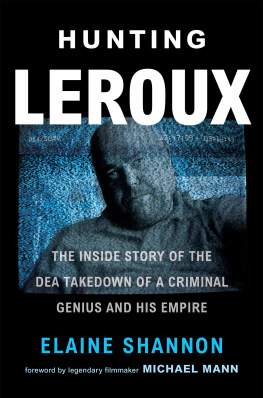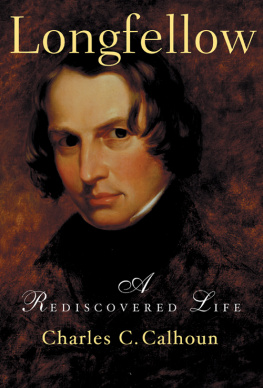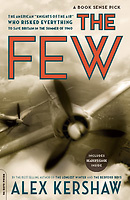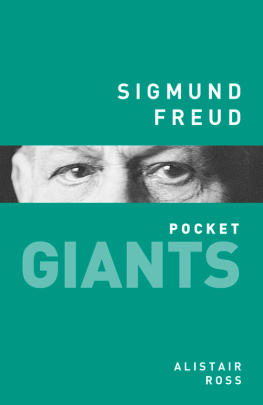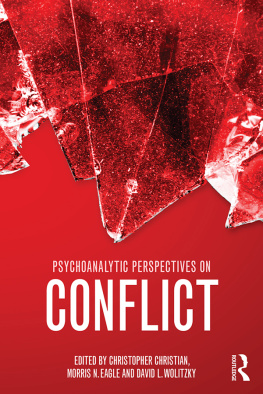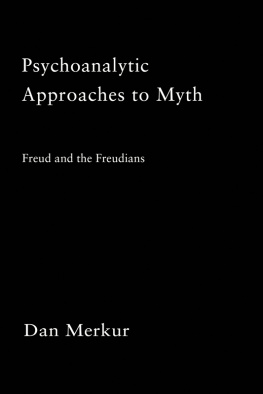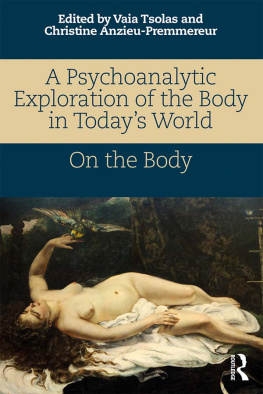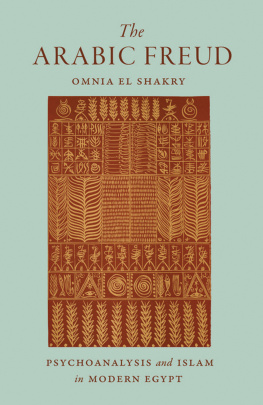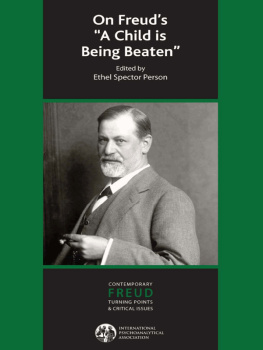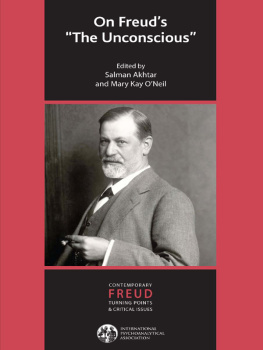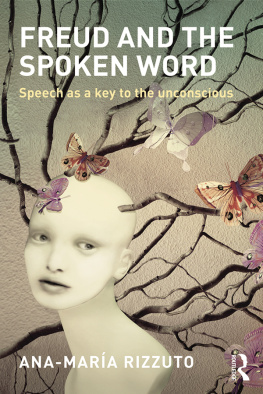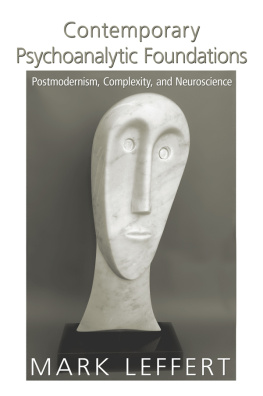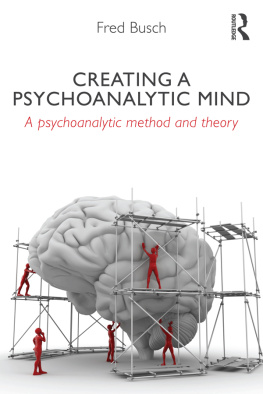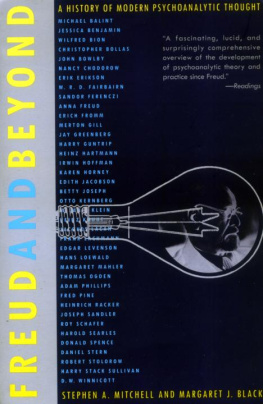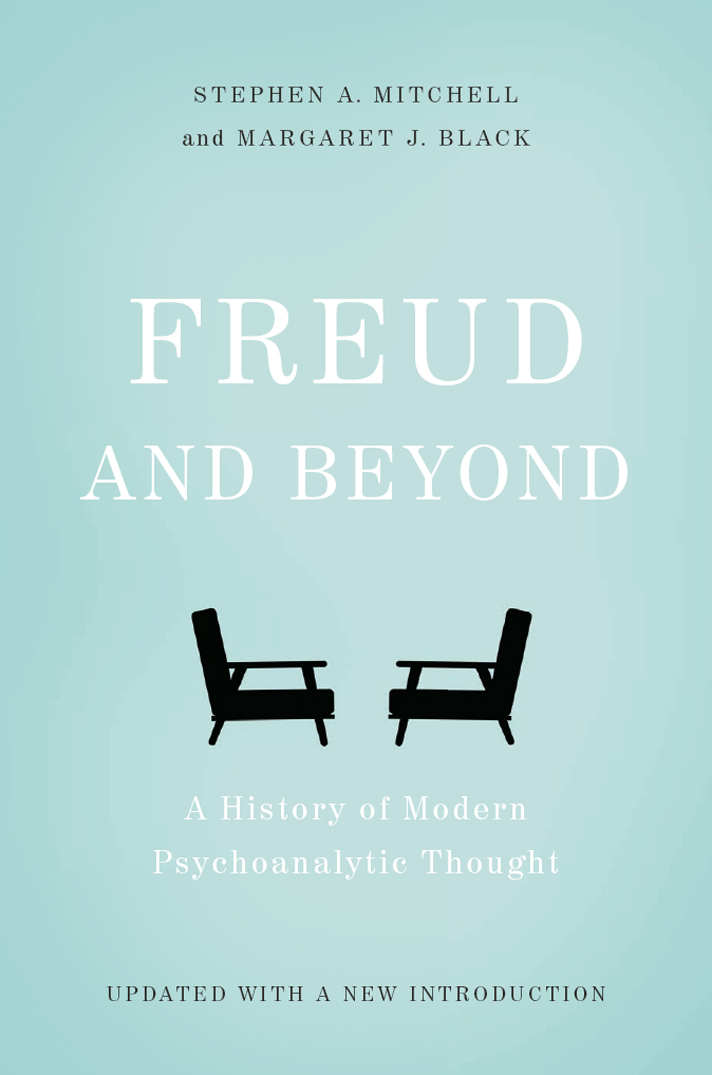Praise for Freud and Beyond:
The best single treatment of psychoanalytic theories, classical and current.
Choice
A fascinating, lucid, and surprisingly comprehensive overview of the development of psychoanalytic theory and practice since Freud.
Readings
[Freud and Beyond] is remarkably coherent in a field notorious for the density of its technical prose. Authors such as Otto Kernberg and Jacques Lacan... are presented with great clarity.
Boston Book Review
This is a marvelous book which gives an overview of the work of just about all of Freuds important disciples and dissenters. It is well recommended.
Psychoanalytic Psychotherapy Review
Mitchell and Black offer a compelling vision of a profession struggling to expand and redefine itself.
Boston Phoenix Literary Section
The advantage of this book lies in its relative simplicity. Writing for the reader with little psychoanalytic training, the authors share the myths, developments, and inadequacies in psychoanalytic thought over time.
Clinical Social Work Journal
Inclusive, integrated, and lively, this book sets a new high standard as an introduction to contemporary psychoanalysis.
Library Journal
An excellent work.... Provides a clear, thorough introduction to several theories about the mysterious workings of the mind.
Booklist
An excellent starting place for anyone unfamiliar with the radical shift psychoanalytic thinking has undergone since Freud.
Kirkus
Written with great vitality, clarity, and charm, this work of master teachers represents a Declaration of Independence for students of psychoanalysis in their persistent rethinking of its meanings and methods.
Leston Havens, MD, professor of psychiatry, Harvard Medical School, and author of Coming to Life
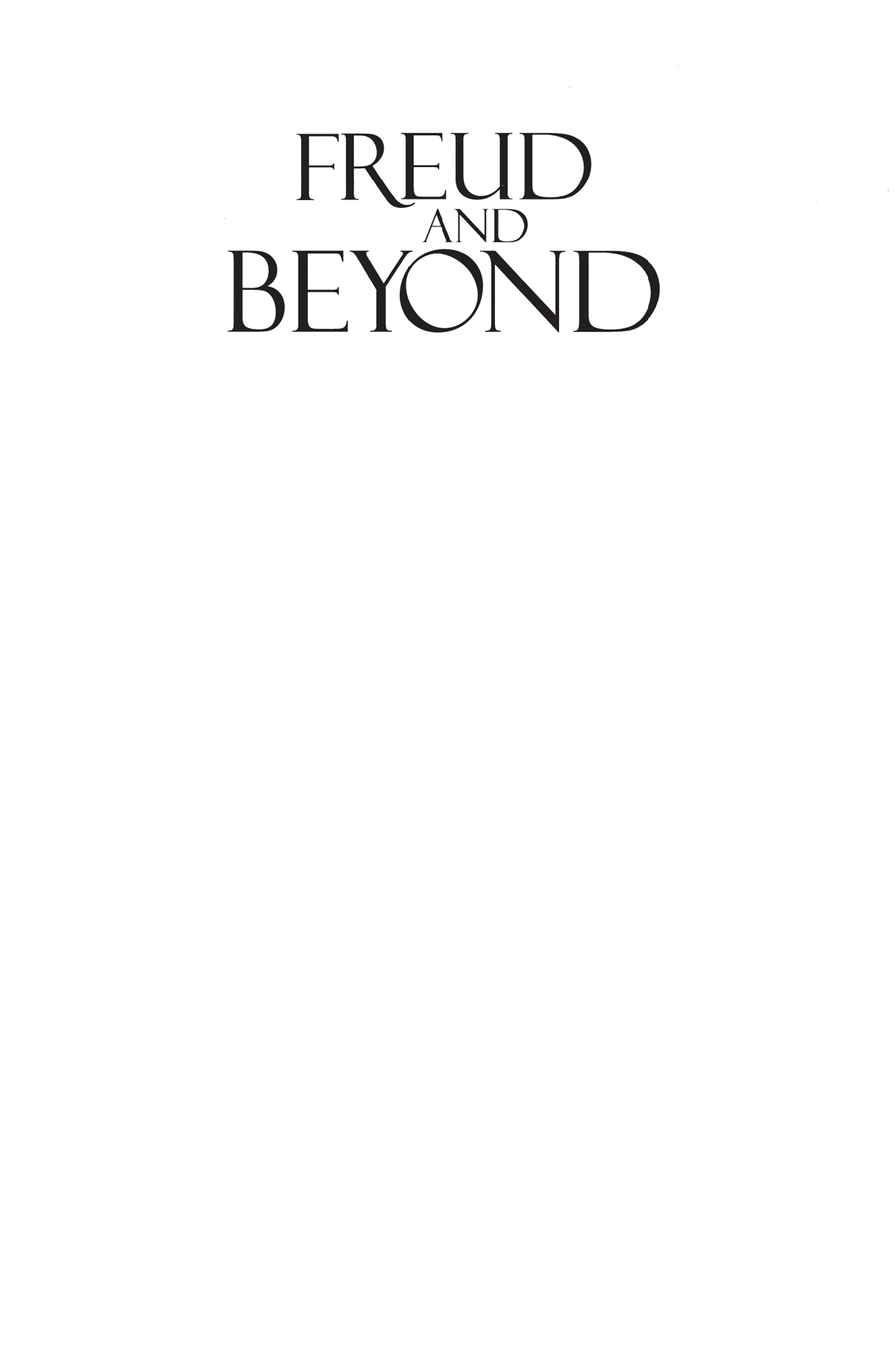
OTHER BOOKS BY STEPHEN A. MITCHELL
Hope and Dread in Psychoanalysis (1993)
Relational Concepts in Psychoanalysis: An Integration (1988)
Object Relations in Psychoanalytic Theory (with Jay Greenberg, 1983)

Copyright 1995 by Stephen A. Mitchell and Margaret J. Black
Introduction to the 2016 Edition copyright 2016 by Margaret J. Black
Published by Basic Books,
A Member of the Perseus Books Group
All rights reserved. No part of this book may be reproduced in any manner whatsoever without written permission except in the case of brief quotations embodied in critical articles and reviews. For information, address Basic Books, 250 W. 57th St, 15th floor, New York, NY 10107.
Books published by Basic Books are available at special discounts for bulk purchases in the United States by corporations, institutions, and other organizations. For more information, please contact the Special Markets Department at the Perseus Books Group, 2300 Chestnut Street, Suite 200, Philadelphia, PA 19103, or call (800) 810-4145, ext. 5000, or e-mail .
Designed by Elliott Beard
Library of Congress Cataloging-in-Publication Data for the hardcover:
Mitchell, Stephen A., 1946
Freud and beyond : a history of modern psychoanalytic thought / Stephen A. Mitchell, Margaret J. Black.
p. cm.
Includes bibliographical references and indexes
1. Psychoanalysis. 2. PsychoanalysisHistory. 1. Freud, Sigmund, 18561939. I. Black, Margaret (Margaret J.) II. Title
BF173.M546 1995
155.19'5dc20 958972
ISBN 978-0-465-09882-8 (2016 e-book)
10 9 8 7 6 5 4 3 2 1
For Caitlin and Samantha
Those who know ghosts tell us that they long to be released from their ghost life and led to rest as ancestors. As ancestors they live forth in the present generation, while as ghosts they are compelled to haunt the present generation with their shadow life.
Hans Loewald
Table of Contents
Guide
CONTENTS


T his book grew out of our shared excitement about the teaching of psychoanalytic ideas, a process that has involved us for over twenty-five years: first as students and supervisees, then as teachers, supervisers, and consultants and educational administrators. We have seen psychoanalytic concepts taught well, and we have seen them taught poorly. Everything you do, declared an early teacher to start his course, is determined by forces inside you of which you are totally unaware. This kind of approach makes psychoanalytic ideas seem esoteric and alien, the claims made by psychoanalytic theorists arrogant and ominous. When taught well, psychoanalytic concepts have the capacity to enrich rather than deplete, to empower rather than diminish, to deepen experience rather than haunt it. It is with this ideal in mind that we have approached the writing of this book, hoping that the reader will find the concepts contained in it stimulating, challenging, and fundamentally graspable.
Our subject matter is vast. Only a portion of all the existing concepts could be presented, and only a portion of the relationships among them explored. We were regularly confronted with impossible choices: whether to fill out and make accessible a particularly difficult concept, or whether to use the space to discuss the work of one more person we felt had made a valuable contribution to psychoanalytic understanding. We know that we will never be fully reconciled to all the choices we made, but console ourselves with the hope that if we succeeded in presenting what we could include in an engaging enough manner, the book could provide for the reader an entre into the psychoanalytic literature (where everything is available).
Many colleagues read and commented on various portions of various versions of this manuscript. This is not to imply that they agree with all we have written. The selection and the manner of presentation were, ultimately, our choices. We are very grateful for the imput of: Neil Altman, Lewis Aron, Diane Barth, Anthony Bass, Martha Bernth, Phillip Bromberg, Jody Davies, Sally Donaldson, James Fosshage, Kenneth Frank, Jay Greenberg, Adrienne Harris, Irwin Z. Hoffman, Frank Lachmann, Clem Loew, Susan McConnaughy, John Muller, Sheila Ronsen, and Charles Spezzano.
Those to whose generosity we are most indebted are our patients, whose willingness to allow us to explore their lives with them is the foundation for all the thoughts and concepts developed here. It is a great irony indeed that, because of confidentiality, patients can never be thanked by name. We are also deeply grateful to our many supervisees whose openness and generosity with their own work, both in moments of despair and in moments of mastery, have allowed us to better illustrate the constructive impact of psychoanalytic theory on the clinical process.
We both also feel extremely fortunate to have had the opportunity to teach psychoanalytic ideas to interested students in many settings. The selection of concepts presented here and the way they are developed were honed by the reactions and challenges of our students. It is no secret that the best way to learn anything is to muster the temerity to teach it, and we are grateful to the students and supervisees who have shared that kind of learning experience with us.





